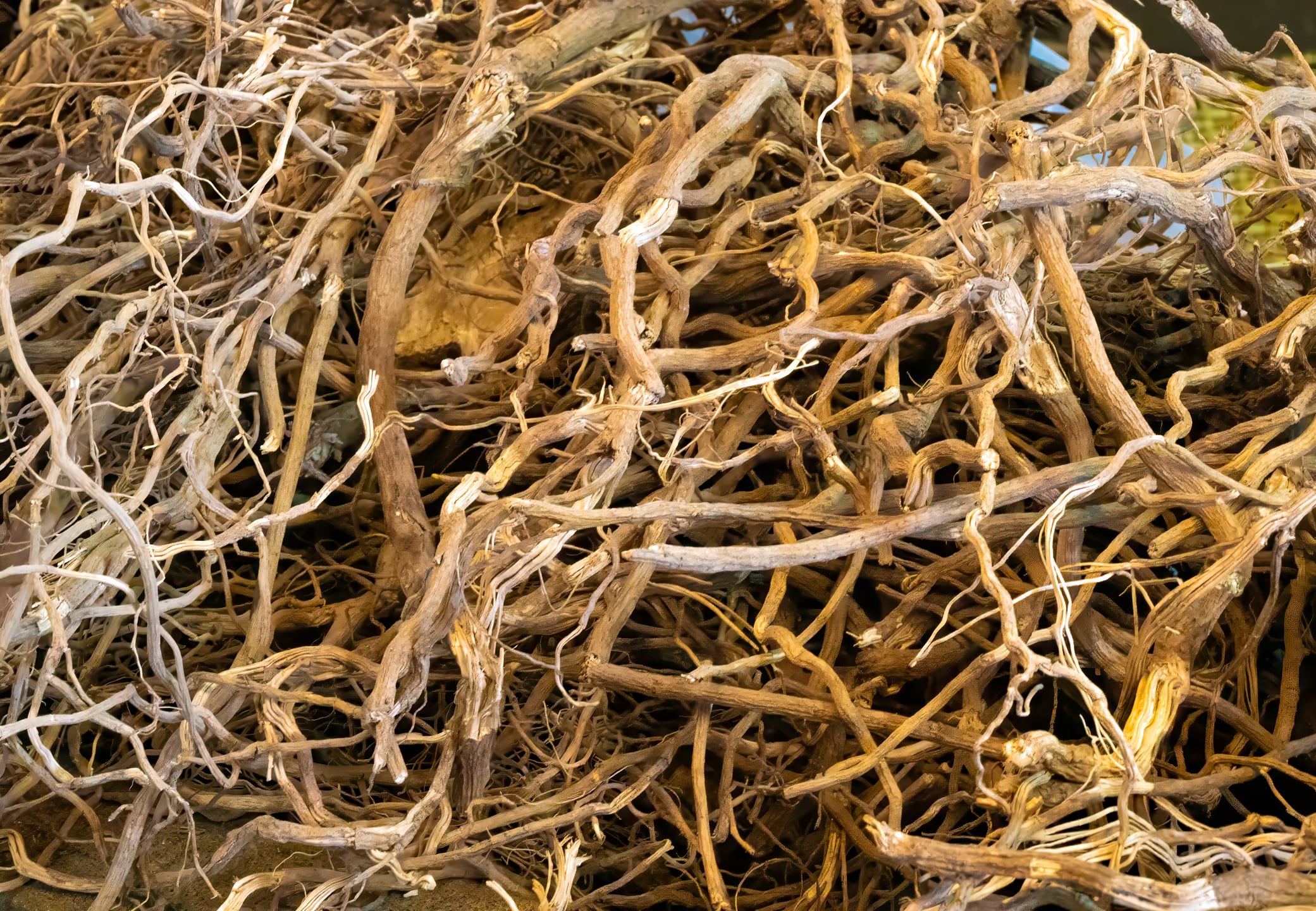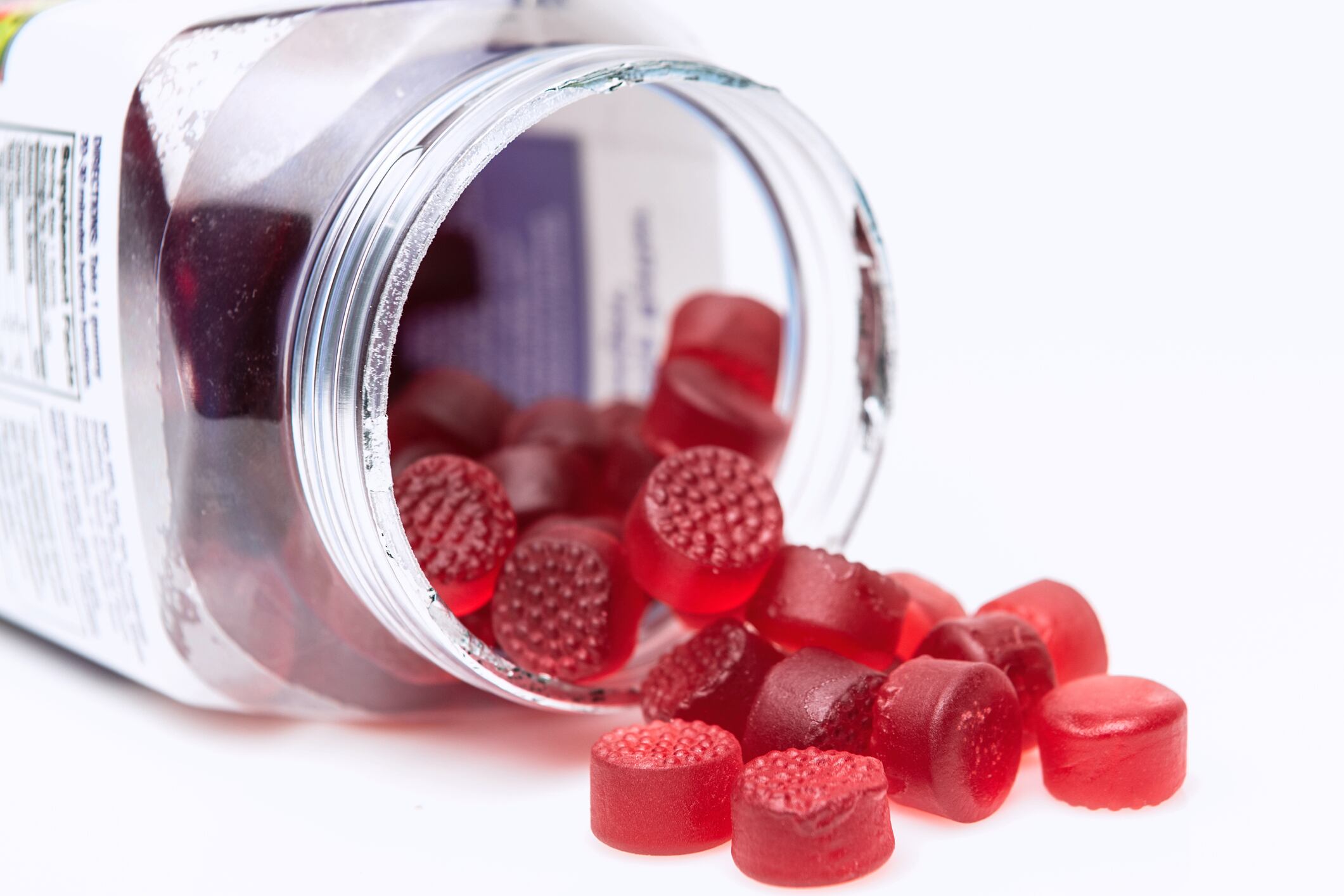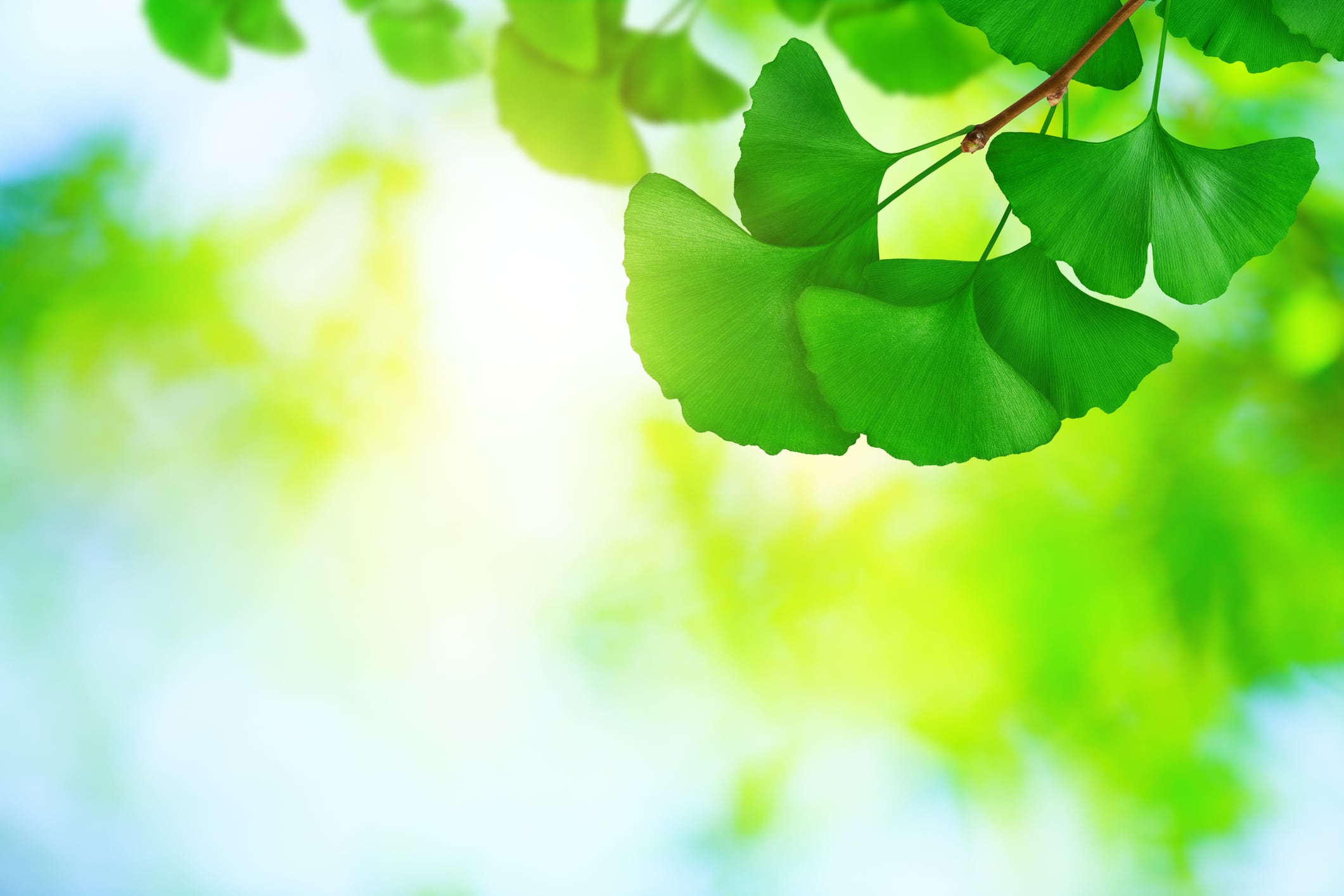The Super.Kavaton ingredient, which is launching in Las Vegas this week during SupplySide Global, builds on years of research and development with IMCD’s original water-extracted Kavaton line, said the company in a release.
The supercritical CO2 extraction method means that Super.Kavaton is produced without solvents and therefore contains no solvent residues. The ingredient, derived from only Fiji-grown Noble Kava (Piper methysticum) Root varieties, is low in flavokawains.
“Having spent many years developing our understanding of the various Kava cultivars across Fiji and her islands, and with market-leading traceability to each individual Kava cultivar and specific Kava plantation, Super.Kavaton is a logical line extension at a time when Kava is making a strong resurgence across multiple regions, particularly in North America”, said Ryan Gorman, brand eirector at Network Nutrition, which IMCD acquired over a decade ago.
Super.Kavaton delivers at least 30% kavalactones by the United States Pharmacopeia Herbal Medicinal Compendium analytical method.
“Super.Kavaton will be officially launched at SupplySide Global Las Vegas, and from that point forward, we hope to be having many conversations with a broad group of interested parties who give weight to the quality and traceability in their ingredient selection process,” Gorman told NutraIngredients. “The product is commercial-ready so the fastest brand to be on shelf with be the first!”
A surging market
According to Cognitive Market Research, the global Kava market was estimated at over US$ 1.8 billion in 2024 with the United States holding approximately 40% market share at approximately US$ 730 million, with an expected CAGR of 15.2% through to 2031.
“This is seen in the streets with the explosion of Kava Bars across the United States, now expected to be in excess of 500 locations,” Gorman said.
The same Cognitive Market Research report expects Canada to parallel its southern neighbor with around 16% CAGR over the same period, albeit of a smaller base (around US$ 90 million). IMCD has NPN registrations for its original Kavaton product (water extracted) and intends to follow the same path for Super.Kavaton.
“We recognize that Kava brands in the United States and Canada want higher potency, so the challenge for us has been how to deliver that whilst maintaining our robust supply chain and low flavokawain levels,” he said. “Super.Kavaton ticks those boxes.”
From the South Pacific to the US
Kava, a perennial shrub native to the South Pacific and member of the pepper family, has traditionally been used by Pacific Islanders to promote relaxation for medicinal and ceremonial purposes. In the United States, it is sold as both supplement and steeped as beverage. The herb is used for a variety of applications including anxiety relief, sleep support, and muscle relaxation. Kavalactones, the plant’s primary bioactive compounds, are responsible for most of its effects.
A 2024 Hawaii Department of Health (DOH) memorandum reporting that traditionally prepared ‘awa (kava) beverages are generally recognized as safe (GRAS) based on a history of common use prior to 1958.
This position diverged from a 2020 U.S. Food and Drug Administration (FDA) memorandum evaluating kava products, which DOH stated “erroneously classified the traditional ‘awa beverage … as unsafe for human consumption” due to potential health risks. FDA had issued a consumer advisory in 2002 stating the potential—though rare—risk of severe liver injury associated with the use of kava-containing dietary supplements.
Gorman told NutraIngredients that IMCD’s opinion is that Super.Kavaton qualifies as an ODI given the long history of Kava extraction with supercritical carbon dioxide.
Traceability
While other supercritical CO2 extracts are available, Gorman said that Super.Kavaton is the first supercritical carbon dioxide extract of Kava with a fully traceable supply chain right back to the individual cultivars used.
“Our Fiji-grown heritage means we collect our own material from the farms, transport by truck to our own facility in Navua (about 45 minutes from the Fijian Capitol of Suva), document the quantity of each cultivar going into each batch,” he said. “This is not possible when the raw material is exported to a third country as it must first be dried and milled, making impossible the identification of cultivars in use (or even plant parts for that matter).”
The process and plantation (country of origin) have a significant impact on the levels of flavokawains, according to Gorman.
“Studies have shown flavokawain B to have potentiating effects in liver toxicity when taken concomitantly with acetaminophen/ paracetamol, so our original Kavaton has always assayed and monitored flavokawains to ensure low levels,” he said.
“Fijian-grown Kava appears to have innately low levels of flavokawains,” he said.
Gorman said IMCD opens the doors to its facility and plantations in Fiji for brands formulating with its products.
“Being able to eye-ball the complete supply chain from the root being in the ground onwards, provides an unmatched level of comfort and confidence for brands and their consumers alike,” he added.




